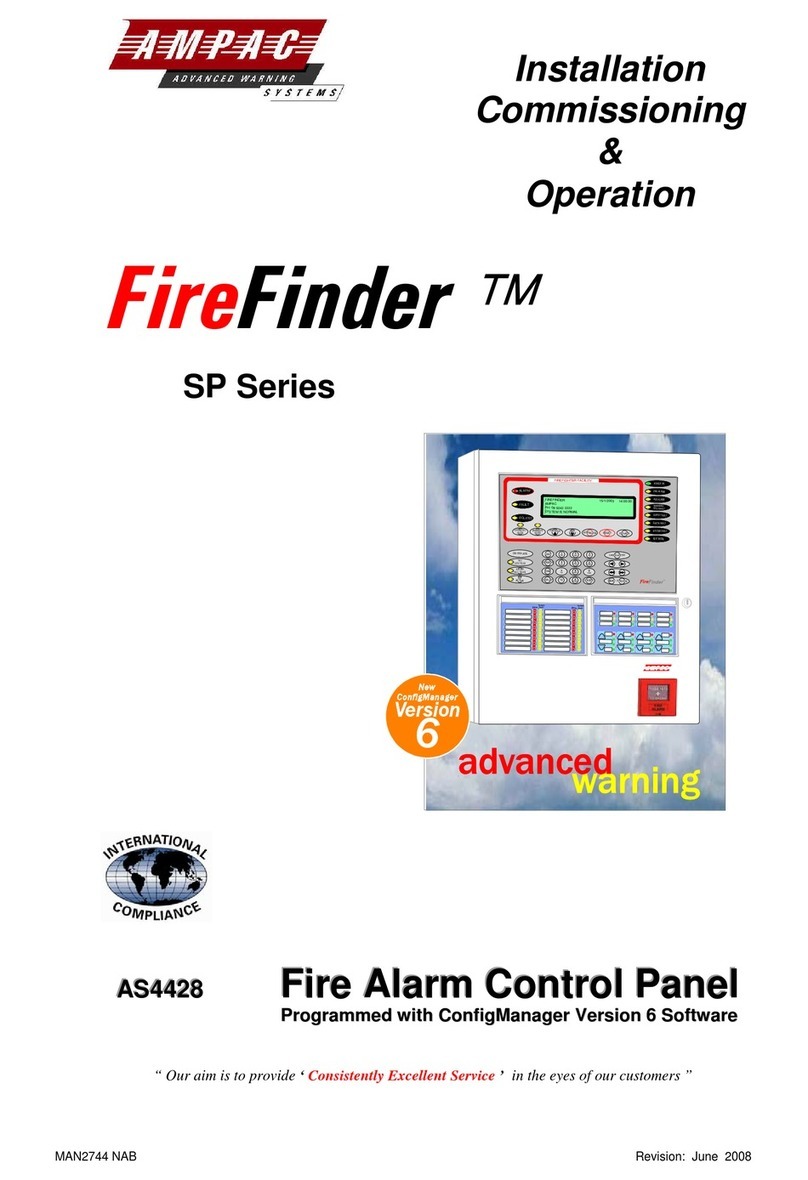7.8 Tools..............................................................................................................40
7.9 Setup.............................................................................................................41
7.10 About .............................................................................................................42
8The Function Menu .....................................................................................................43
8.1 Date...............................................................................................................43
8.2 Time...............................................................................................................43
8.3 Day/Night.......................................................................................................44
8.4 Logs...............................................................................................................44
8.5 TESTS...........................................................................................................45
8.6 I/O..................................................................................................................46
8.7 Global ............................................................................................................47
8.8 Passwords (Level III)......................................................................................48
8.9 Programming..................................................................................................49
8.9.1 Conv (Conventional) Zone...............................................................49
8.9.2 Device.............................................................................................50
8.9.3 Input................................................................................................51
8.9.4 Output.............................................................................................51
8.9.5 Panel Based MCP...........................................................................51
8.9.6 Sub Address....................................................................................51
8.9.7 Zone programming..........................................................................51
8.9.8 Extra Devices Detected ...................................................................53
8.9.9 Mismatch Detected..........................................................................53
9Incoming Fire Alarm Signal ........................................................................................54
10 Accessing a Loop, Device or Zone.............................................................................55
11 Modem / Programming / Debug Interfacing...............................................................56
12 Expanding the FACP with Compatible FireFinder PLUS Boards..............................57
12.1 Ancillary Services...........................................................................................57
12.2 Compatible FireFinder PLUS Boards..............................................................57
12.3 Expansion Board............................................................................................58
12.4 8 Zone Conventional Board............................................................................59
12.5 16 Zone and 32 Zone Indicator Modules.........................................................60
12.6 8 Way Switch and Indicator Module................................................................61
12.7 Zone Disable and Indicator Module.................................................................62
12.8 16 Way Input Board........................................................................................63
12.9 8 Way Relay Board ........................................................................................64
12.9.1 Internal Relay Board........................................................................64
12.9.2 Remote Relay Board .......................................................................65
12.10 8 Way Sounder Board....................................................................................66
12.11 4 Way Fire Fan Module..................................................................................67
12.12 4 Way Fan Termination Board........................................................................68
12.13 Bargraph Display Card...................................................................................69
12.13.1 Mechanical......................................................................................69
12.13.2 Front Panel Decal............................................................................69
12.13.3 Front Panel Controls........................................................................69
12.14 Communications Extender Board ...................................................................70
12.15 SmartTerminal................................................................................................70
12.15.1 Overview.........................................................................................70
12.15.2 Mechanical......................................................................................71
12.15.3 Installation & Cabling.......................................................................72
12.15.4 Setting the SmartTerminal Address..................................................72
12.15.5 Operation ........................................................................................73
12.15.6 SmartTerminal Controls and Indicators............................................74
12.15.7 SmartTerminal Screen Format.........................................................74
12.16 Agent Release Control ...................................................................................77
12.16.1 Operation ........................................................................................77
12.16.2 Agent Release Module ....................................................................80
12.16.3 Local Control Station .......................................................................81
































